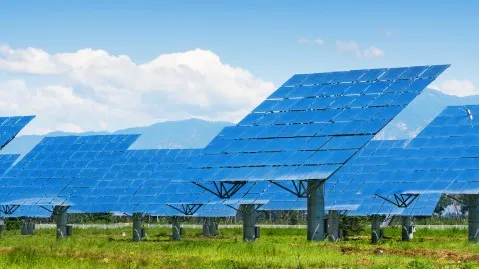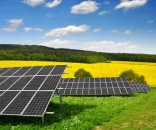
Indian non-hydropower RE manufacturers should gear up for increase domestic demand
This is due to India’s green hydrogen policy.
Non-hydropower renewables manufacturers in India, particularly solar, should prepare for an increase in domestic demand due the government’s green hydrogen policy, according to Fitch Solutions.
In a report, Fitch emphasised that green hydrogen is produced through the electrolysis of water powered by renewable and carbon neutral electricity.
“If the electrolysis is powered by fossil fuels, the hydrogen cannot be deemed ‘green’. Relating this to India’s ambitious plans to go ahead with green hydrogen production and being a major export hub for the fuel, it will have to increase renewable power generation,” the report read.
Read more: India bares green hydrogen policy
However, Fitch flagged that whilst India will see a robust in non-hydropower renewables driven by solar, its growth could be dampened by the upcoming legislation that will restrict solar equipment imports.
The Ministry of New and Renewable Energy’s legislation that will be enacted on 1 April 2022 prohibits the use of imported solar equipment for governmental projects. India-based developers were given around a year to prepare in 2021.
“In spite of this lead time given, we expect downside risks to solar generation growth, as we are wary on the domestic market’s ability to match the production quantity and quality of solar equipment required by developers,” Fitch said.
“Production of green hydrogen is energy intensive and if India is unable to bring enough renewable energy online to support its ambitious plans, it could spell delays for green hydrogen projects. This will subsequently lead to India being unable to hit its target come 2030,” it added.
Fitch also said that whilst the Green Hydrogen Policy announced was just the first phase, the move showed that India’s police environment towards green hydrogen is “improving.”
The increasing interest of the private sector in participating in green hydrogen will improve the country’s green hydrogen outlook, and support India’s goal to cut one billion tonnes of carbon dioxide emissions, it said.













 Advertise
Advertise











